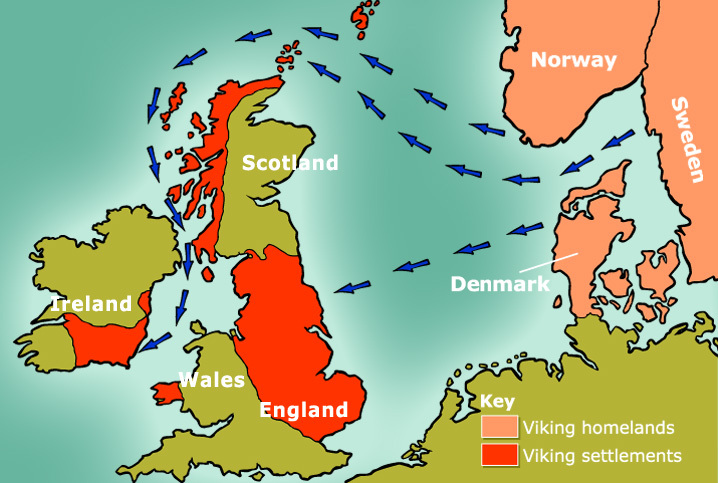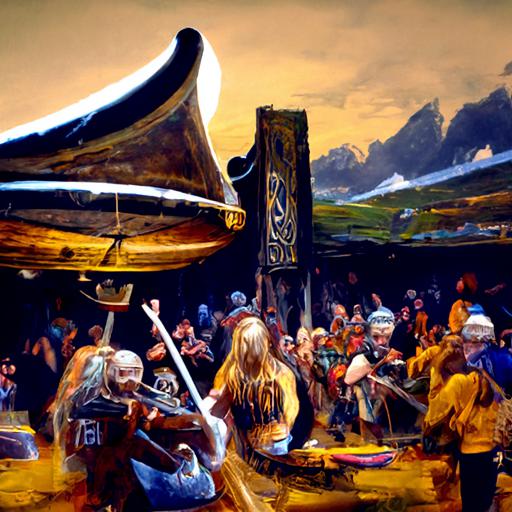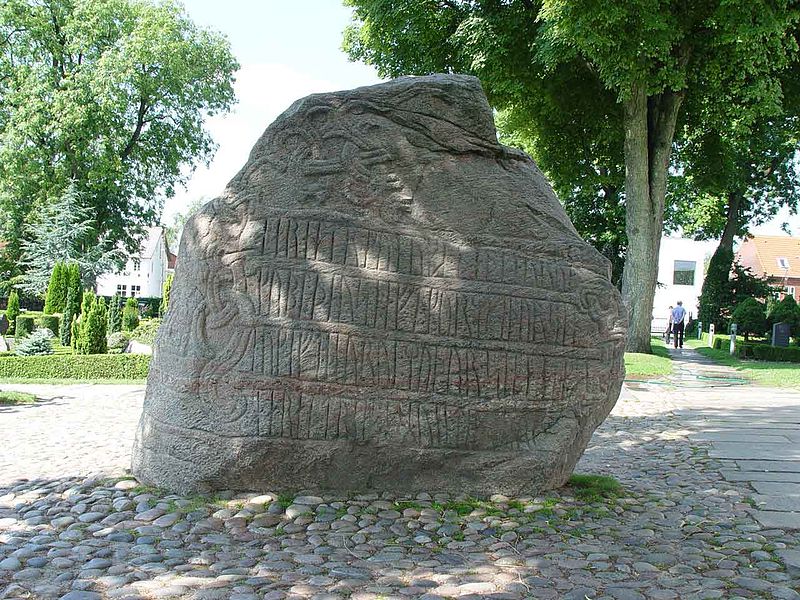The Vikings were not only known for their seafaring skills and raids, but also for their exploration and settlement of new lands. They sailed across the seas, discovering new territories and establishing settlements that would later become important cities. Their expeditions helped expand their influence across Europe, Asia, and even North America. In this blog post, we will explore the Viking exploration, their discoveries, settlements, and expeditions.
Viking Discovery and Exploration
The Viking Age began in the late 8th century, and it is believed that the Vikings were great explorers who ventured into unknown lands. The Vikings sailed across the North Atlantic and into the Mediterranean, the Black Sea, and the Caspian Sea. They also sailed eastward, reaching the Volga River and the Caspian Sea.
In 982 AD, the Viking explorer Erik the Red discovered Greenland, which was uninhabited at the time. He later established settlements there, which would later become the Eastern and Western Settlements. In 1000 AD, the Viking explorer Leif Erikson discovered Vinland, which is believed to be present-day Newfoundland, Canada. It is believed that the Vikings also explored parts of North America, including the Gulf of Saint Lawrence and the coast of Labrador.

Viking Settlements
The Vikings established settlements in many parts of Europe, including Ireland, Scotland, England, and France. They also established settlements in Iceland, Greenland, and the Faroe Islands. Their settlements were characterized by the construction of longhouses and other wooden buildings.
One of the most famous Viking settlements is the city of Dublin, which was founded by the Vikings in the 9th century. The Vikings also established settlements in York, which was then known as Jorvik, and in Normandy, France.
Viking Expeditions
The Vikings were also known for their expeditions, which were often motivated by trade, conquest, or the search for new lands. One of the most famous Viking expeditions is the one led by the Norwegian explorer, Harald Hardrada. In 1046, he sailed eastward and traveled along the Caspian and Black Seas, and reached the city of Constantinople. He then traveled to Jerusalem and returned to Norway in 1047.
The Vikings also launched expeditions to the east, reaching the Volga River and the Caspian Sea. The Vikings established trade routes along the Volga River, which allowed them to trade with the people of the Middle East.

Conclusion
The Viking exploration, discoveries, settlements, and expeditions played a crucial role in shaping European and world history. Their seafaring skills and knowledge of navigation allowed them to travel great distances, discover new lands, and establish settlements that would later become important cities. Their expeditions were motivated by various factors, including trade, conquest, and the search for new lands. The Vikings also established trade routes, which allowed them to trade with different parts of the world.
Works Cited:
- "The Vikings and Their Age" by Angus A. Somerville and R. Andrew McDonald
- "The Viking World" edited by Stefan Brink and Neil Price
- "Vikings: Raiders, Traders, and Masters of the Sea" by Rodney Castleden.





Leave a comment
This site is protected by hCaptcha and the hCaptcha Privacy Policy and Terms of Service apply.